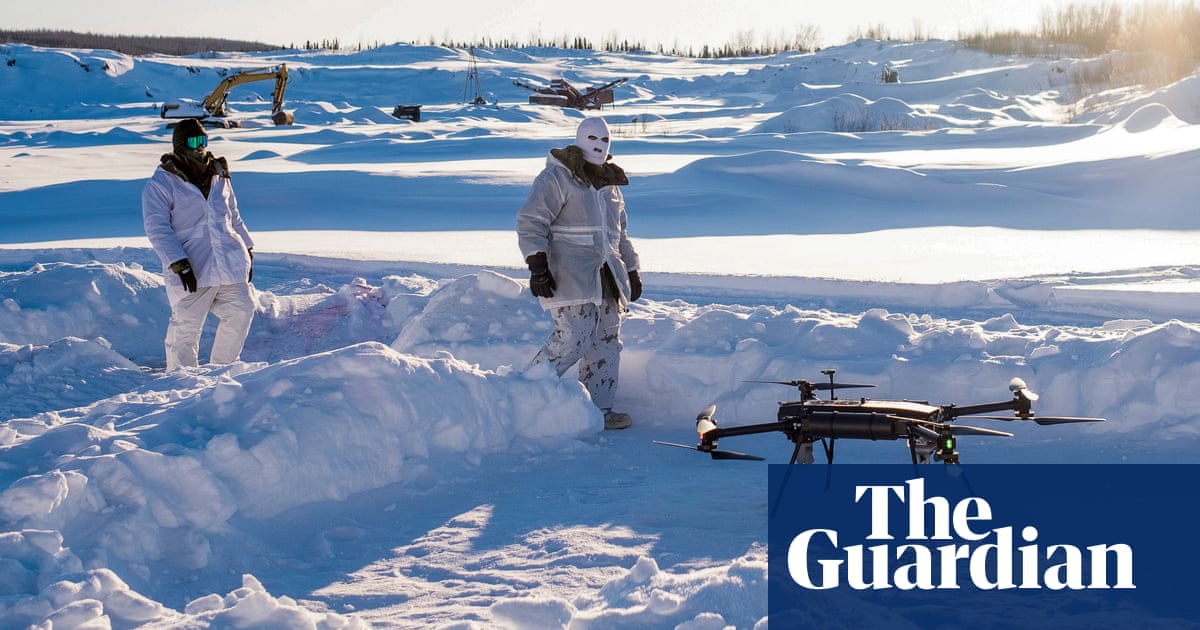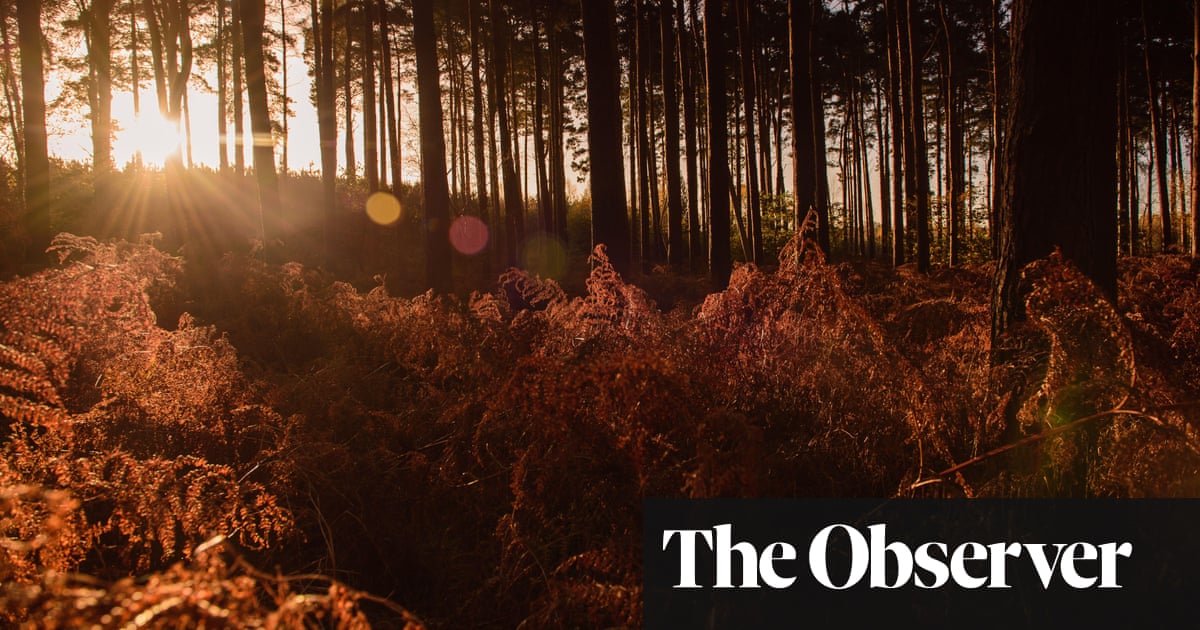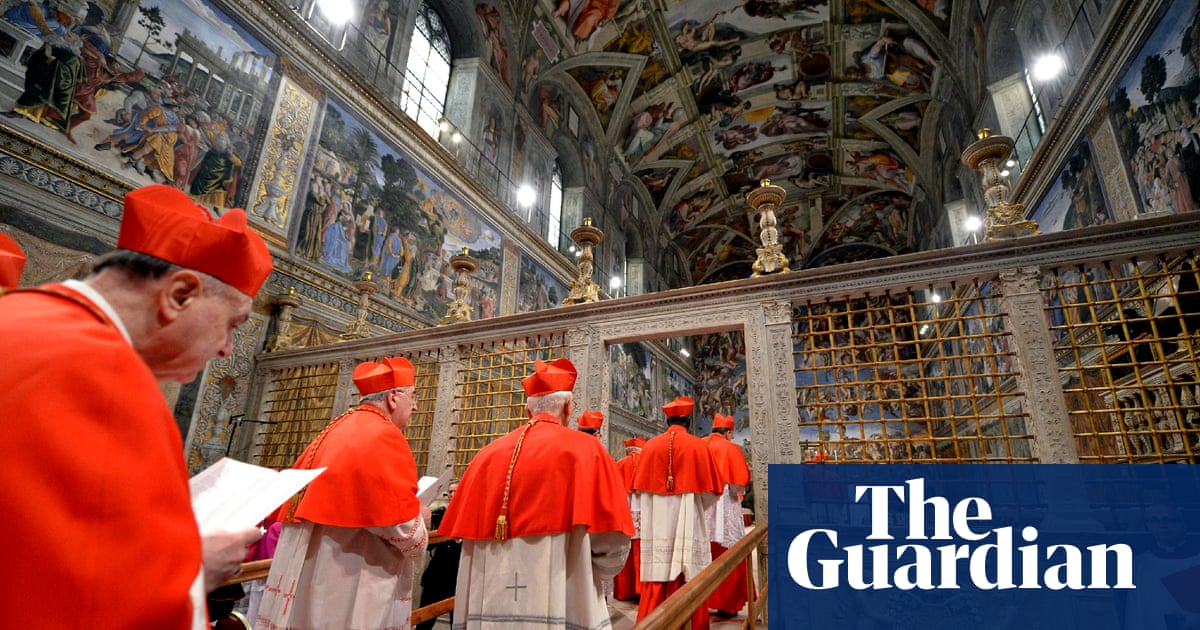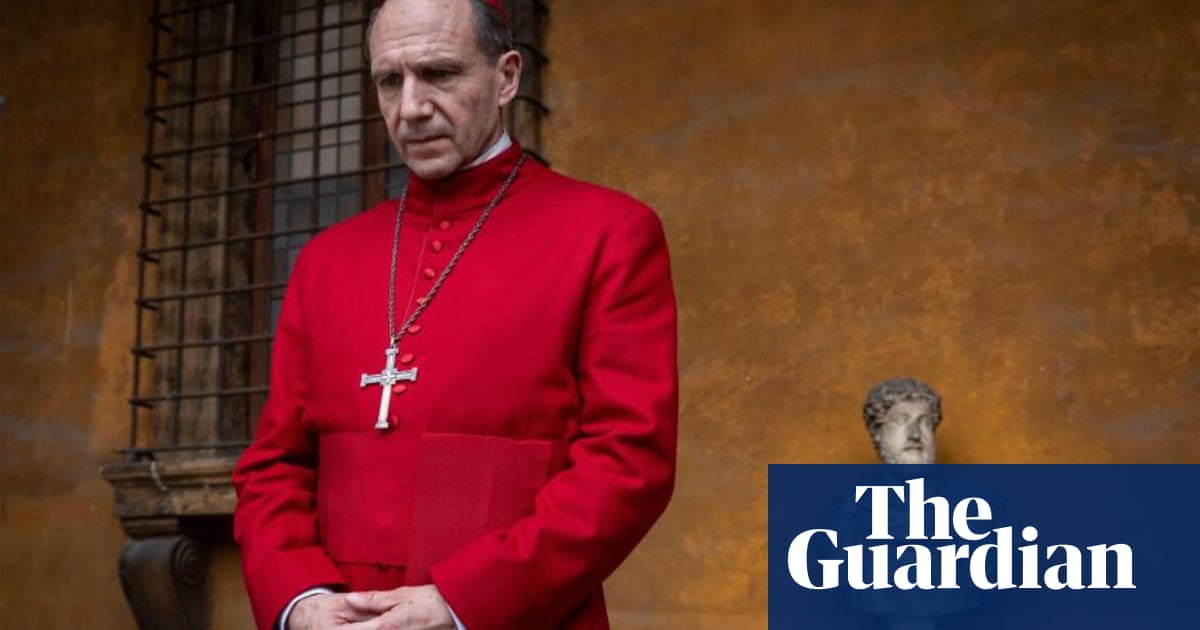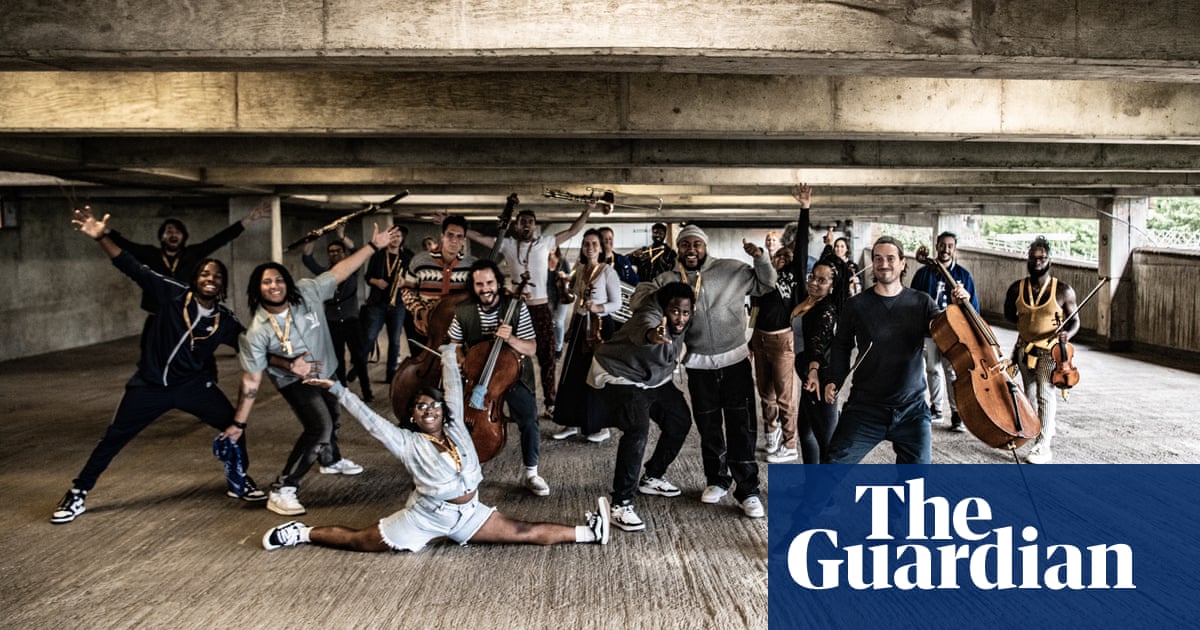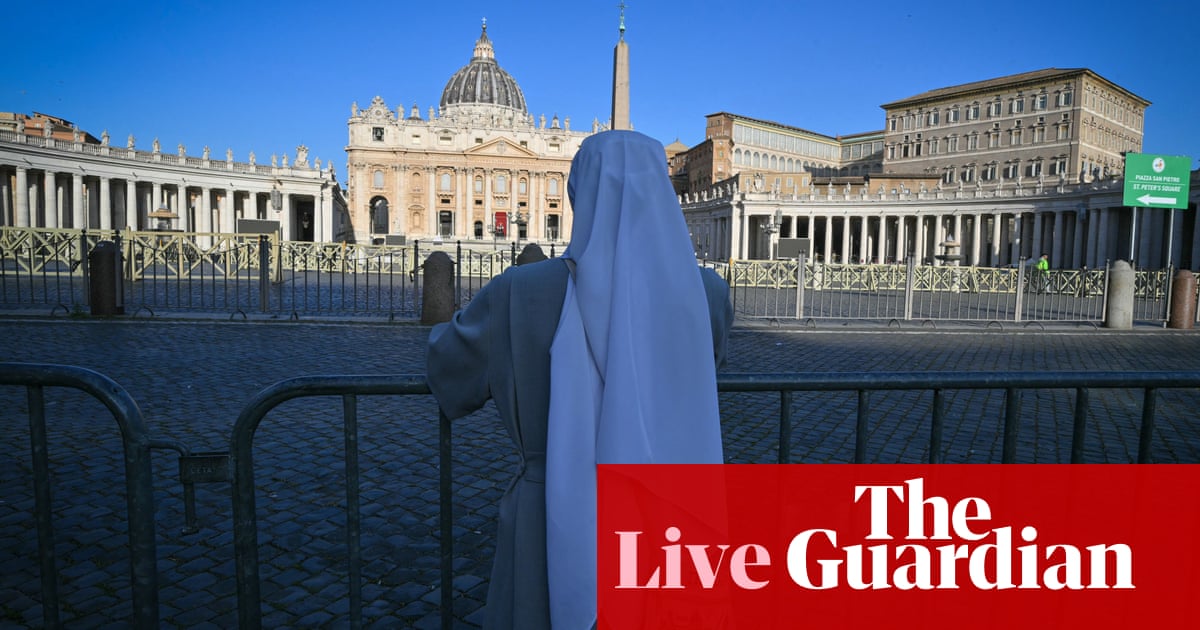Jolted awake at 4.30am, Pedro “Peter” Niada was certain a meteorite had fallen near his seaside home, lifting it from its foundations and sending it flying through the air. He took two steps down the stairs, felt water splash his feet and realised the house was sinking.
Nothing made sense. Why was the house tilting? Why could he hear what sounded like a waterfall outside? The sound of breaking timber led him to pull back the curtain at The Flying Fish (El Pez Volador), the 12-bed tourist lodge he had built by hand.
It was 27 February 2010 and Niada was groggy from the end-of-summer celebrations in the village of San Juan Bautista on Robinson Crusoe Island, more than 600km off the coast of Chile. Staring into the moonlit night, he now saw the island 100 yards away as his house was swept out into the South Pacific Ocean. Only then did it occur to him that they had been hit by a colossal wave.
“Tsuuuuuunaaaaaami!” he yelled.
Fabiana Persia, his Argentinian partner, was asleep, entangled with Dante, their seven-year-old son, and Luz, their three-year-old daughter. Persia wasn’t up for practical jokes in the middle of the night. “Are you crazy?” she snapped.
“There’s a tsunami!” Niada screamed.
Persia pulled back the curtain. A kayak thumped into the window as the house continued to sink. Staring through the window, Niada and Persia watched as a whirlpool current sucked fishing boats, nets and entire homes into a swirling chaos. Screams tore the air as others who had been washed out to sea pleaded for help.
Underwater, an eerie glow flashed as life preservers equipped with lights (designed to emit bright flashes upon contact with water) blinked from the ocean floor. Gas canisters ripped from homes hissed as they bobbed to the surface, then went silent as they disappeared into the deep.

A guest staying at the lodge leaped into action. Matthew Westcott, newly divorced, had travelled to the tiny archipelago known as the Juan Fernández Islands on a whim. An accomplished sailor, he forced open a window for a better look. Westcott surveyed the horizon and instantly crafted an escape plan.
It wasn’t an easy scene to read but a small fishing boat 50 yards away was moving in the same direction as the house. Westcott told Niada he was going to take a chance and swim through the debris. That boat, he explained, was salvation.
Westcott was on board the boat in less than two minutes. Niada then climbed through the window – now angled skyward – and instructed Persia to pass Luz to him. With his daughter tucked under one arm, Niada swam towards the boat, battling to keep his child’s head above water and worried they would be whacked unconscious by the whirling wreckage. When he reached the boat, Niada passed Luz to Westcott, then swung around and swam away from safety.
Back at his half-submerged house, Niada said to Persia, “Pass me Dante!”, convinced he could ferry his son to safety. Persia refused to relinquish the child clinging to her neck. Nothing would separate mother and son. Together, the three swam towards the small boat. Niada attempted to clear a path through the mass of branches and shattered homes, all the while hearing the pleas of their drowning neighbours.
Reaching the boat, Persia passed Dante to Westcott. She then flopped on board, followed seconds later by Niada. They began to spin. The boat twirled in the currents until a surge lifted the stern. Like a surfer atop the wave of a lifetime, the boat careened back towards the coast, slid over a rock-studded beach and ground to a halt, temporarily beyond the reach of the water. No one moved until Dante shook himself into action.
“Now, Dad! Now, Dad!” he yelled. Seconds later they leaped on to land and headed away from the sea. An impromptu rescue squad on the beach, dragging survivors from the ruins, screamed at them: “Run! Run! Run!”
They heard another wave approaching. Barefoot among nails and glass, completely naked from his abrupt awakening, Niada sprinted with Dante in his arms. Persia held Luz just steps behind. The path was slippery but someone pulled them forward. They climbed 100 metres, scrambling to escape the ocean. Another wave smashed the coast.
“We had a cabin on the hill, with some clothes,” says Niada. “Nothing up there got hit. We put clothes on the kids and they went to sleep. We stayed up all night. Only in the morning, when the light broke, could we see. There was nothing left. Then we knew that people had died.”
As emergency radio and telephone systems were activated, news arrived of a mighty earthquake that had tumbled homes for hundreds of kilometres along the central Chilean coast, killing 525 people. On the mainland, three minutes of brutal shaking left no doubts about what caused the destruction. But the 700 inhabitants of San Juan Bautista felt no tremor, had no warning that an earthquake measuring 8.8 on the Richter scale – the sixth most powerful ever recorded – had sent a vast wave roaring towards them from the south-east.

No one knows the exact speed of the tsunami but the gigantic sea swell covered more than 600km in 49 minutes. When Persia looked down from their perch high above the beach, she was stunned. “It was like an atomic bomb,” she says. “Houses were encrusted into the hillside.”
The island’s only village was shredded, four out of five homes smashed to pieces. The police station, the school, the cemetery and nearly all vestiges of government had disappeared. So too had 16 people – a devastating loss to the small, tightly knit community.
Niada volunteered for a gruesome search: diving for the dead. Bodies were mixed into wreckage, rarely intact and sometimes identifiable only by a ring on a finger, or the remnants of clothing. Survivors built a makeshift memorial, placing small wooden crosses, adorned with flowers, near the beach. Four victims were never recovered, including Dante’s best friend, a seven-year-old so small he was nicknamed Puntito (“Pinpoint”).
Niada and Persia were in shock. This was the same bay where 11 years earlier, on board a small boat, they had held their marriage ceremony. Niada, the son of a professional diver, had been living his dream on the island. Even as a four-year-old, he had walked around the house wearing his dad’s flippers, sleeping with a diving mask, and telling anyone who would listen that he too would someday be a frogman. When he was a teenager, his mother gave him a waterproof Nikon camera, allowing him to combine a love of diving with his passion for documenting the ocean depths.
Along with Persia, he practically lived underwater. For 15 years they brought tourist groups to the archipelago, where the inspiration for Daniel Defoe’s novel Robinson Crusoe, the Scottish sailor Alexander Selkirk, had been marooned for four years in the early 18th century. Now, at the age of 40, Niada had seen his entire life washed away.
Flying off the island 10 days later, Niada was in shock. He had lost friends, his business, his home. “I built it myself, cut the trees, sawed the planks,” says Niada. “Everything was gone.”
Diagnosed with depression and PTSD, he was given pills, but they didn’t help. He couldn’t sleep or think clearly when he took the medication. And they did nothing to quell the nightmares, as he’d sit up at night convinced his house was sinking. It would take minutes for him to orient his mind and understand that he was actually far from the sea.

His depression continued as the family struggled to find a home. They briefly lived with his mother, had a stint with his father and new wife, and then, crossing the border to Argentina, moved to where Persia’s family had a home. Nothing felt like a place of their own, until a friend lent them a small apartment in the Chilean capital, Santiago. Having a home, Niada says, was the first step to rebuilding the life he had lost.
He was eager to rekindle his relationship with diving. “I still loved the ocean but I wanted to go to a different place,” says Niada. He began organising ocean expeditions thousands of kilometres north of Chile, where he could photograph manta rays off the coast of Ecuador. “I needed to be in the water and dive as much as possible.” But any trip that involved leaving his children or wife felt risky. If he left, would he ever see them again?
Persia, for her part, developed a more reluctant relationship with the ocean. If she could see the sea from her home, that was too close. Only if she was high on a hill was she able to sleep.
Connecting with fisher friends back on the island, Niada built up a seafood business delivering fish, crabs and octopus to restaurants around Santiago. Except for the occasional knife cut, an occupational hazard for anyone regularly filleting fish, he faced little in the way of danger.
Then the islands began to call.
In December 2024, a team of German divers heading to the Juan Fernández islands were searching for an experienced underwater guide. Niada needed the work and figured he’d be able to handle the anxiety. “I was sad, nostalgic and nervous,” says Niada, who boarded a small twin-propeller Piper Cheyenne for the two-hour flight in February.
Back in Cumberland Bay, on the shore where San Juan Bautista sits, Niada saw a group of seal pups frolicking. It felt like the soft landing that he needed. But as he prepared the scuba gear by the ocean’s edge, he wondered why the small police force and the Chilean navy contingent were decked out in formal dress. When he asked, the answer stunned him. It was 27 February, the 15th anniversary of the tsunami.
Leaving his clients, Niada quietly approached a semi-circle of people assembled before a preacher. When his eyes landed on Niada, he yelled: “Peter! What? When did you arrive?”
Niada barely had time to respond before the preacher engulfed him in a bear hug. Other survivors – including many of his former neighbours – realised he had returned. Some cried on his shoulder, others lent their shoulder to the now-sobbing diver. Someone pressed fresh flowers into his hand, he joined the procession out to the pier, and they tossed the blooms into the ocean, an offering for all that they had lost.

.png) 6 hours ago
4
6 hours ago
4




